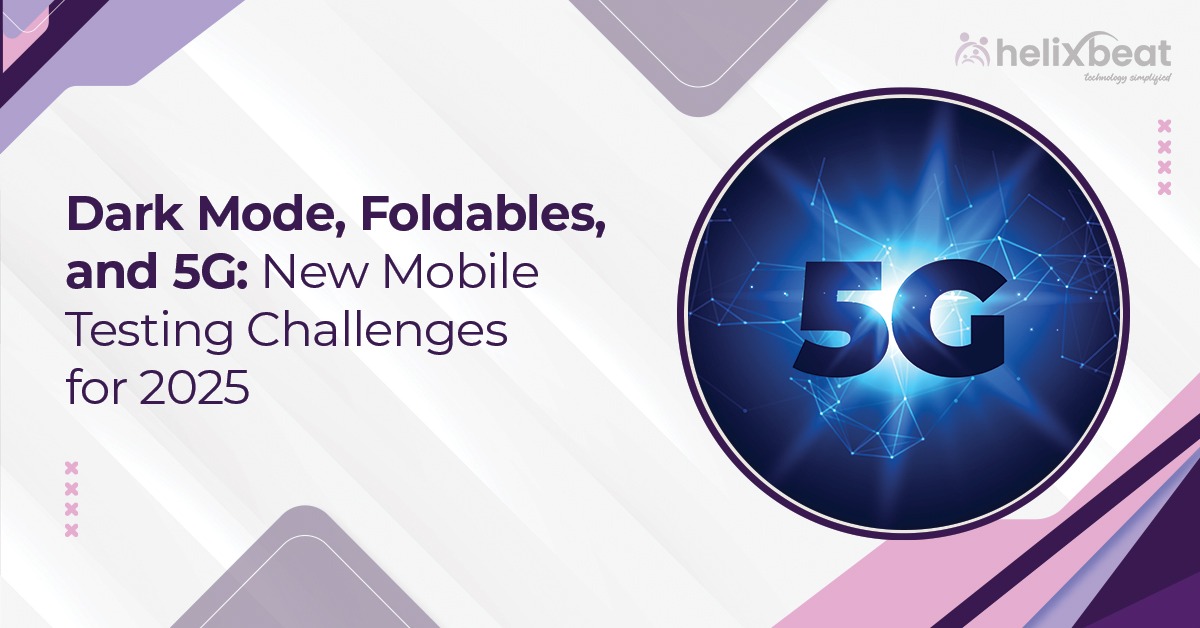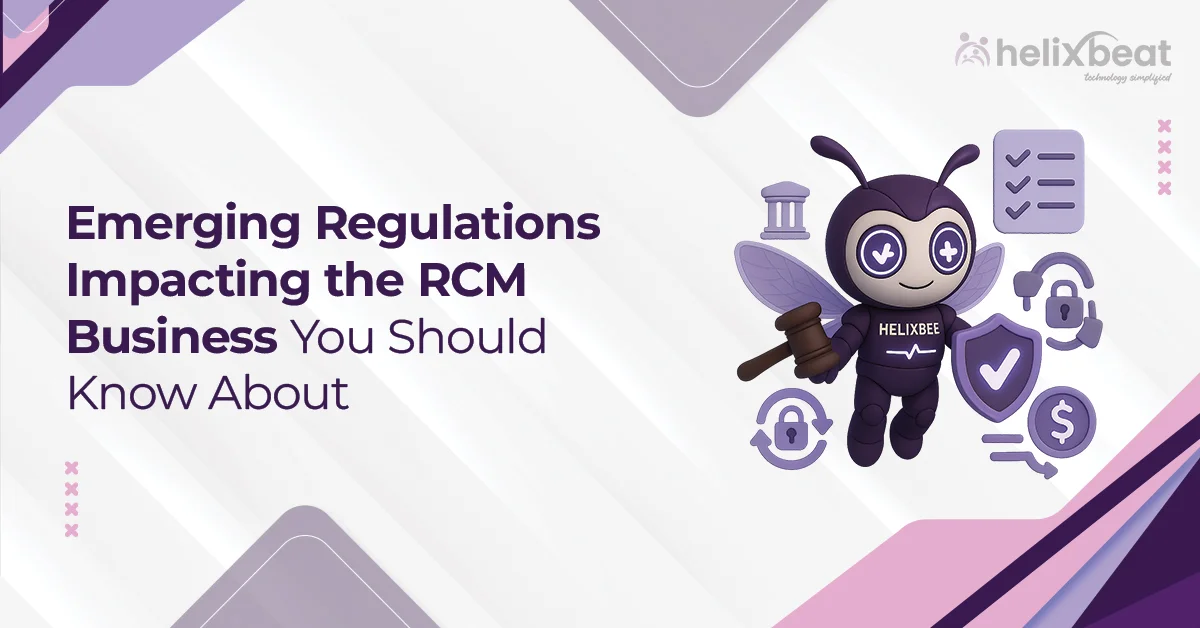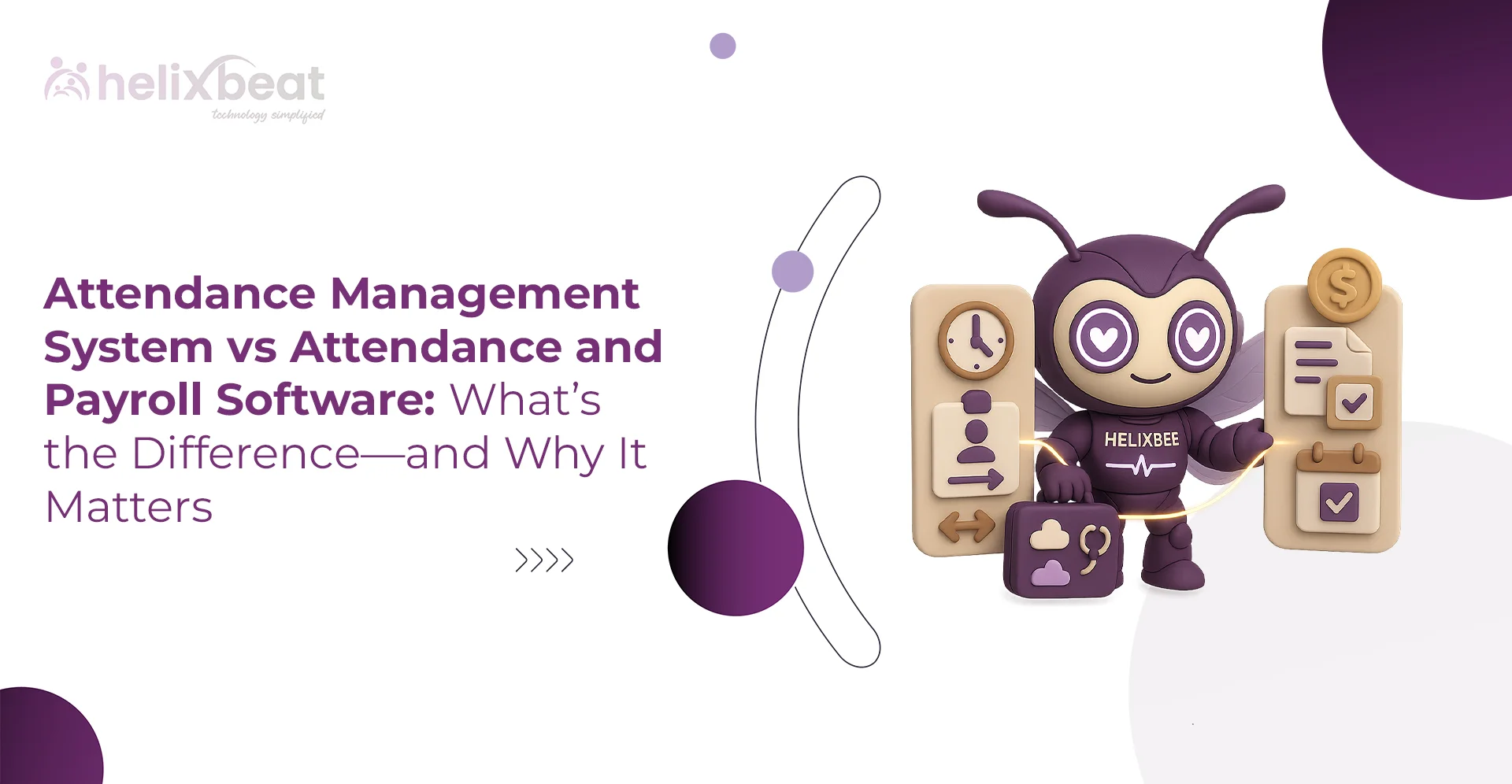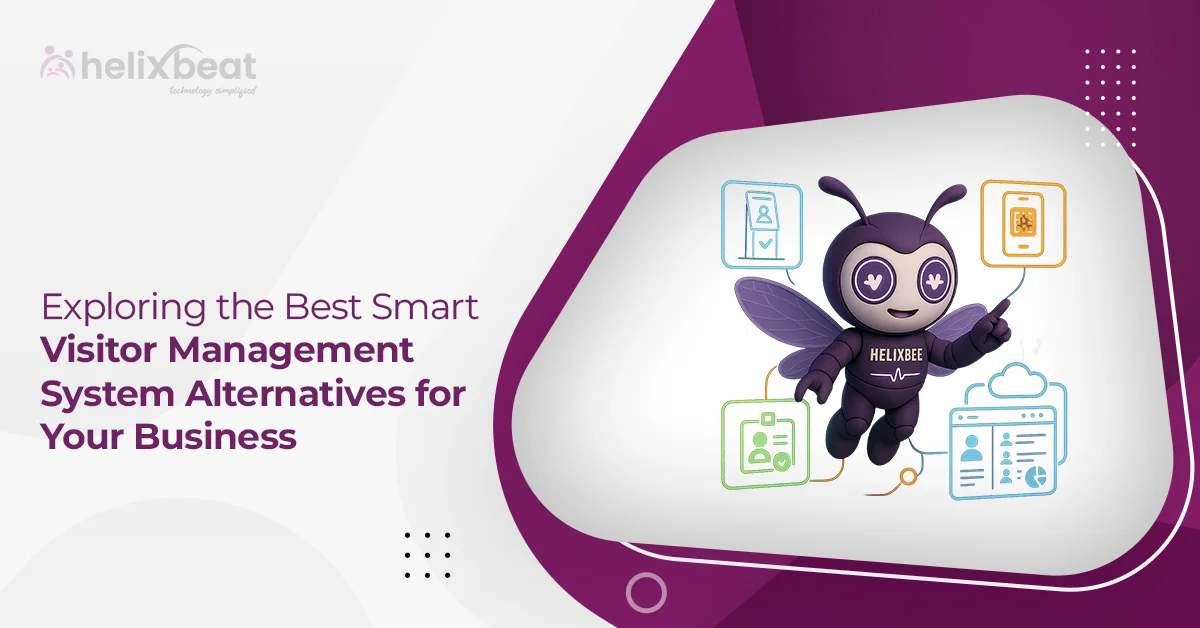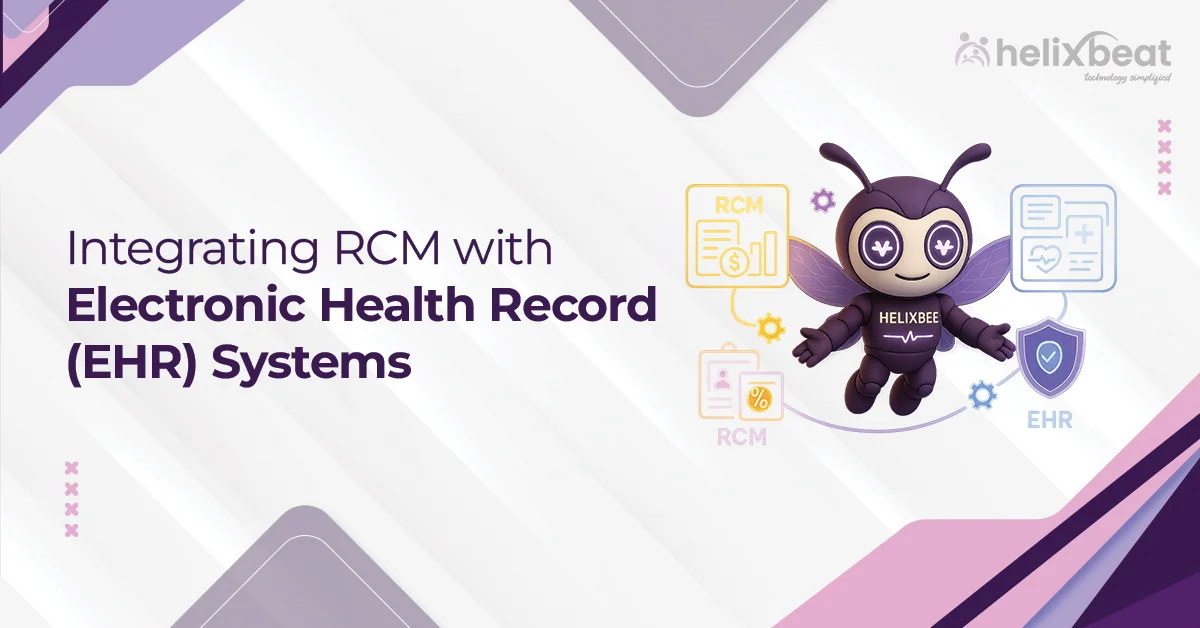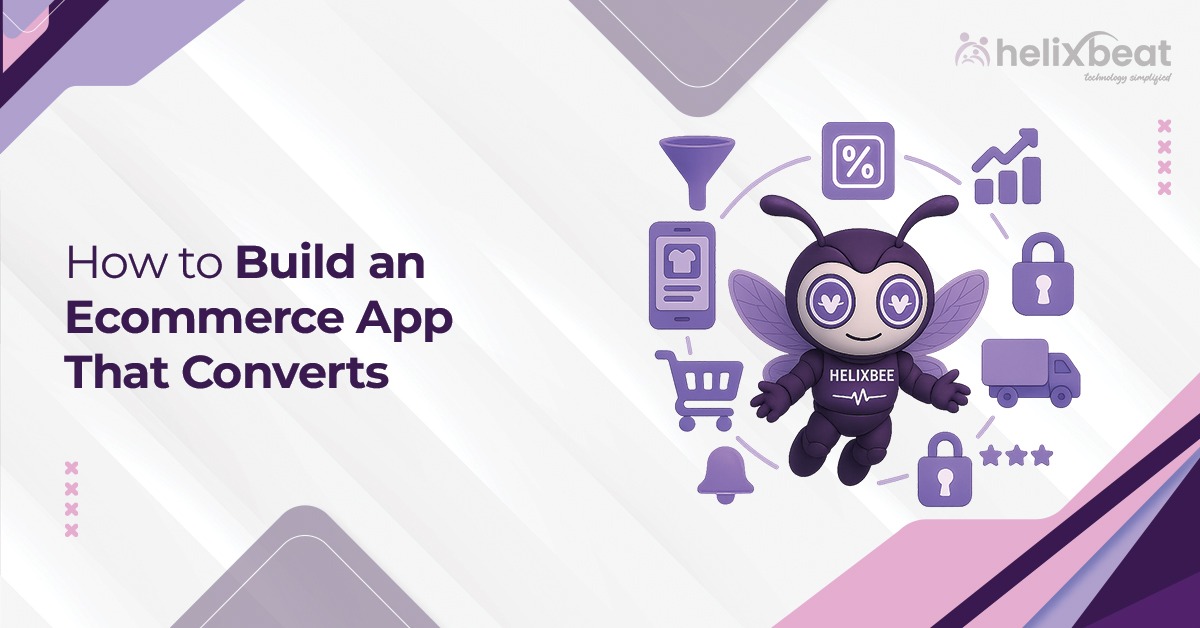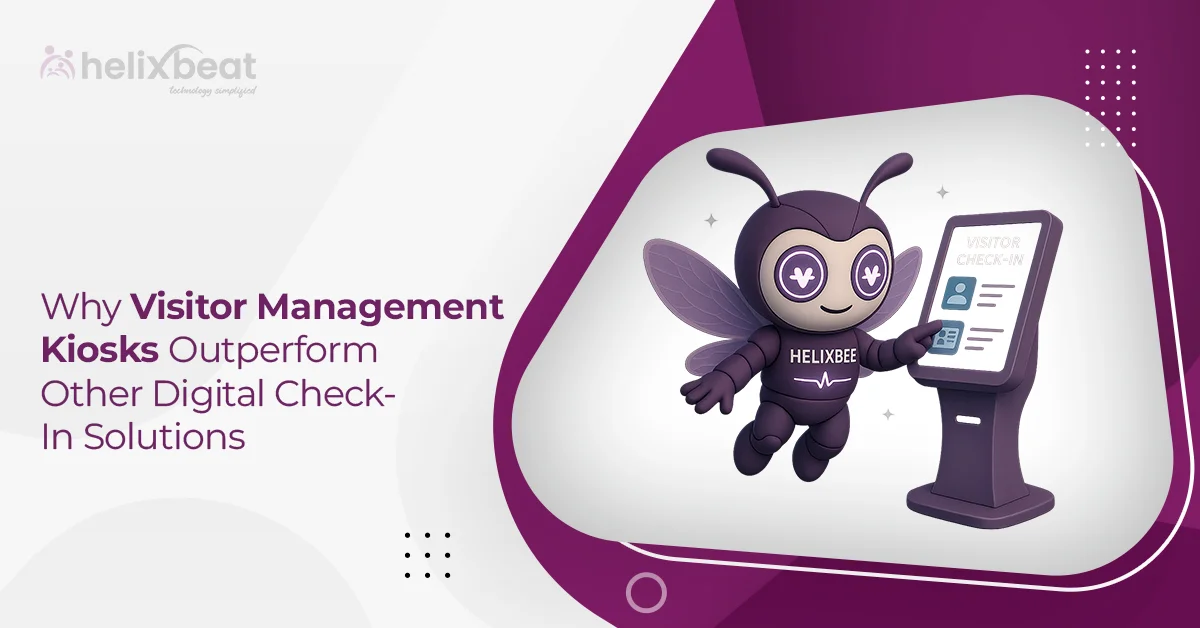If you’re an entrepreneur building a mobile app in 2025, you’re not just creating software; you’re defining how people interact with technology every day. But as mobile devices keep changing fast, testing your app has become more complex than ever.
New features like dark mode, foldable phones, and 5G speed seem good, but they also bring new testing challenges. A button that looks perfect in light mode might disappear in dark mode. Your app might look broken when used on a foldable screen. And 5G networks can cause performance issues if your app isn’t ready for ultra-fast data.
That’s why mobile app testing services are so important today. They help you catch problems early and deliver a smooth user experience; no matter what device your users use.
In this blog, we’ll explain the biggest testing challenges in 2025 and the best mobile app testing software to meet user needs.

Table of Contents
What is mobile testing?
Mobile app testing is the process of checking how well a mobile application performs across different devices, screen sizes, operating systems, and network conditions. It helps identify bugs, performance issues, and design problems before the app reaches users.
This includes testing features (like login and payment), app speed, user interface, security, and compatibility with various phones and tablets. The goal is to deliver a smooth, reliable, and secure software mobile app that works perfectly in real-world conditions.
Top Challenges in Mobile App Testing for 2025
Mobile app testing in 2025 is more complex than ever. With features like foldable screens, dark mode, and 5G connectivity becoming standard, developers and QA teams must test apps across a wider range of devices, networks, and user settings.
Here are the key challenges businesses face today:
1. Dark Mode Can Break Your App’s Look
Dark mode is now a preferred setting for many users, but it can introduce serious design issues if not tested correctly. Text may become unreadable, icons can vanish, and color contrast might fail. Without proper testing in both light and dark modes, your app’s user interface could suffer.
This is where expert mobile app testing services become essential, they help detect UI flaws across different themes and device settings.
2. Foldable Phones Need Flexible App Designs
Foldable devices change screen size and layout while the app is running. An app might start on a small screen and then suddenly switch to a larger layout when the device unfolds. This can break the user interface if not tested. Regular test tools don’t always support foldable screens, so real-device testing is needed.
3. 5G Networks Can Cause New Problems
While 5G gives faster speeds, it also creates unexpected issues. Some apps may load content too quickly and skip steps, or show errors due to timing problems. Testing on a 5G network is now necessary to find these speed-related issues before users experience them.
4. Cloud-Connected Apps Must Work Even When Offline
Many apps now rely on the cloud to store data or perform tasks. But what happens if the user loses internet connection? Apps should still work and sync data once the network is back. Testing for poor or no connectivity is important to avoid data loss or crashes. Professional mobile app testing services simulate these scenarios to make your app more reliable.
5. AI-Powered Apps Change for Each User
Apps that use AI show different screens or options for different users. For example, a shopping app may show different items based on past activity. This makes it hard to create one fixed test. Testing tools now need to handle apps with changing layouts, buttons, and flows.
To stay competitive in 2025, businesses must invest in mobile app testing services that can handle these modern challenges with accuracy, speed, and real-world reliability.
5 Mobile App Testing Steps for Modern Devices
Testing mobile apps in 2025 goes far beyond checking buttons and screens. With devices like foldables, wearables, and AI-driven interfaces, your mobile app testing process needs a strategic, expert-level approach.
Step 1: Define Real-World Device Coverage and User Scenarios
- Identify key devices (smartphones, foldables, tablets, wearables) and OS versions your users are likely to use.
- Consider different screen sizes, resolutions, and modes (folded/unfolded, portrait/landscape).
- Create real-life usage scenarios like: Folding during checkout, switching from Wi-Fi to 5G mid-stream, and using dark mode in low-light environments.
- Build test cases that simulate these user behaviors, not just system specs.
Step 2: Prepare Test Builds with Feature Flags and Backend Control
- Use feature flags to control which parts of the app are active during tests.
- Avoid hardcoding feature availability; toggle them through backend or config files.
- Support A/B testing and personalized content from the same build.
- Test multiple user flows without creating separate app versions for each case.
Step 3: Automate Regression and Visual Testing with Real Devices
- Use automation tools that support real devices via cloud testing services.
- Automate regression testing to catch broken functionality after updates.
- Automate visual/UI testing for issues in:
Dark/light mode
Folded/unfolded states
Split screens or multi-window views
- Integrate test runs into your CI/CD pipeline for real-time feedback.
Step 4: Run Edge Case Tests for Connectivity, Sensors, and Battery
- Simulate unstable or changing network conditions (e.g., switching from 4G to 5G).
- Test device sensors like GPS, camera, gyroscope, and biometrics.
- Check behavior during low battery, background app switching, or hardware interruptions.
- Validate how the app performs during delayed sync or partial cloud connectivity.
Step 5: Perform Security and Compliance Testing for Device-Specific Risks
- Run static code analysis to identify hidden vulnerabilities.
- Check for over-permissions and session/token handling issues.
- Test how the app handles:
Biometric authentication on different hardware
Privacy settings across Android and iOS
Multi-window access or data leakage risks on foldables
- Use mobile app testing services that offer device-aware security scanning.
By following these steps, businesses can significantly improve the quality, performance, and safety of their mobile apps. Expert mobile app testing services help you to test your app on different devices, screen types, and real-life situations.
Best Mobile App Testing Software for Your QA Needs
Choosing the right testing tools is critical when dealing with modern challenges like dark mode issues, foldable screens, and 5G network behavior. Here are three top mobile app testing tools that are widely used in 2025 for delivering high-quality, future-ready apps:
1. BrowserStack App Live
What it does: Provides real-time testing on 3000+ real Android and iOS devices.
Why it’s great: Supports manual and automated testing with access to foldables, various screen sizes, and latest OS versions.
Key features:
- Cloud-based real-device testing
- Dark mode and orientation testing
- Network simulation for 3G, 4G, and 5G conditions
- Easy integration with CI/CD pipelines
2. TestGrid
What it does: Offers both manual and automated mobile app testing, with on-premise and cloud options.
Why it’s great: Especially useful for apps with AI-driven features and complex test environments.
Key features:
- No-code test automation for faster test creation
- Real device and emulator testing
- API, performance, and security testing
- Ideal for enterprises needing private cloud testing environments
3. Kobiton
What it does: A cloud-based platform for real-device mobile app testing with AI-driven automation.
Why it’s great: Helps QA teams test dynamic user flows, especially on apps with personalization and responsive designs.
Key features:
- AI-assisted scriptless test generation
- Visual validation and session recording
- Foldable and wearable device testing support
- Seamless integration with DevOps tools
Each of these tools can significantly improve your mobile app testing process, especially when working with next-gen devices and network conditions.
Final Words:
Mobile app testing in 2025 goes beyond finding bugs; it’s about delivering smooth, reliable performance across foldables, dark mode, and 5G networks. With evolving devices and dynamic user journeys, expert testing is essential.
Helixbeat’s mobile app testing services are designed to handle the latest mobile technologies and challenges. We help you test on real devices, automate across platforms, and handle real challenges like network shifts, UI breaks, and cloud sync issues.
Want your app to work perfectly on every device? Book your mobile app testing consultation with Helixbeat now.
FAQ:
1. What is mobile app testing services?
Mobile app testing services help businesses test their mobile applications for bugs, performance issues, design flaws, and compatibility across different devices and networks. These services include manual and automated testing to make sure the app works smoothly and securely for all users.
2. Short note on mobile app cloud testing services
Mobile app cloud testing services allow developers and QA teams to test their apps on real devices hosted in the cloud. This eliminates the need to maintain a physical device lab. Teams can run tests across multiple OS versions, screen sizes, and network conditions, making it ideal for scalable and remote testing.
3. Which tool is best for Mobile App Testing?
Top tools include BrowserStack for real-device testing, Kobiton for AI-based automation, and TestGrid for enterprise-level testing. The right tool depends on your app’s features, testing scope, and team needs.
4. How much does it cost to test an app?
App testing costs vary based on the app’s size, number of platforms (iOS/Android), testing types (manual, automated, security), and tools used. For small apps, costs can start at ₹25,000–₹50,000. For enterprise-level apps with complex flows and device coverage, it may go upwards of ₹2–5 lakhs or more.
5. How to QA an app?
QA an app by creating test cases, testing on real and cloud devices, automating key checks, handling edge cases like low battery or poor network, fixing bugs, and retesting before launch.



